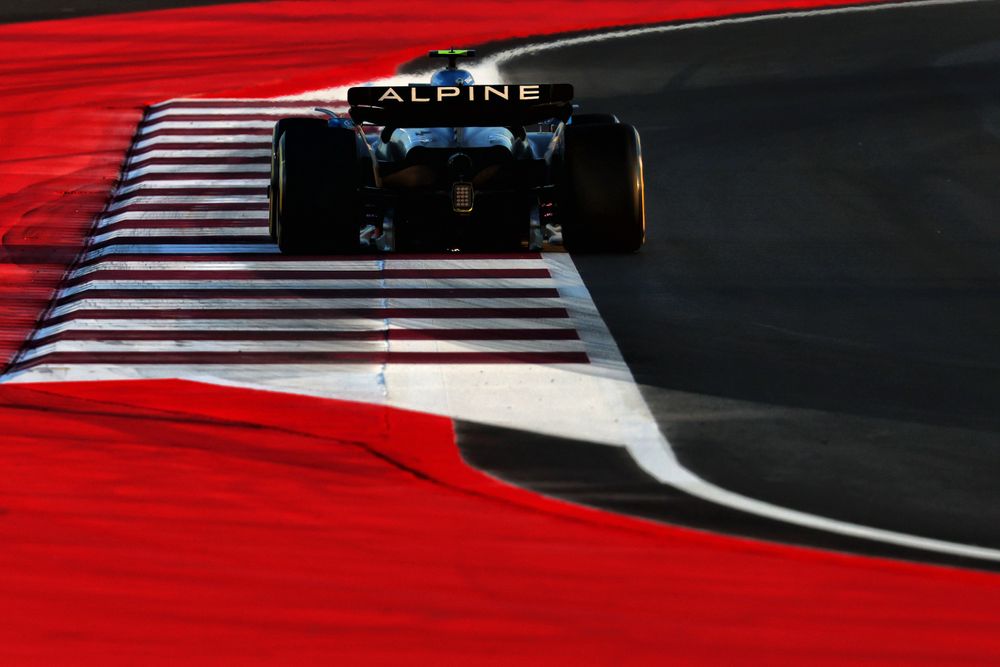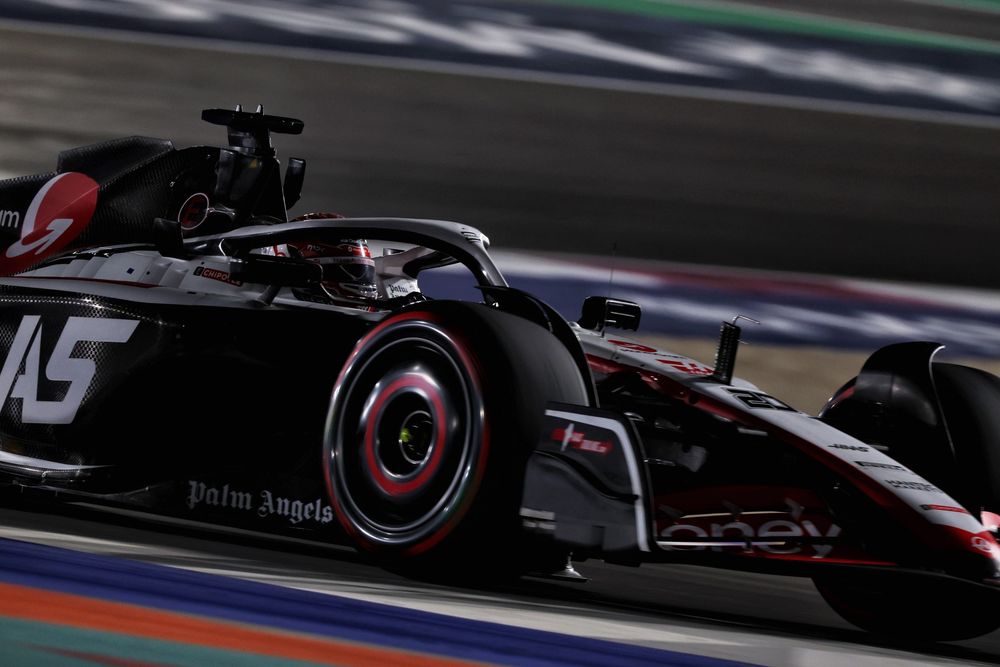Up Next

As Haas team principal Guenther Steiner says, Formula 1's tyre problems that mean Sunday’s Qatar Grand Prix might be run subject under an unprecedented rule demanding each driver make three pitstops “shouldn’t happen”.
That’s certainly true, although it’s the consequence of a confluence of circumstances creating internal damage to the tyre that Pirelli says it has “never found” before.
The countermeasures have been swift. Once Pirelli spotted the problem on Friday night during its usual dissection of tyres used during practice, it informed the FIA and the decision was made to modify the track at Turn 12/13 and create the mandated three-stop plan to be implemented if the problem is still evident based on analysis of the tyres used in the sprint race.
“It’s a concerning thing for the future, it shouldn’t happen,” said Steiner. “This should not happen in Formula 1. Clearly, it has and we have to see how we get out of it.
“The good thing is there are solutions for this race weekend, but going forward this shouldn’t happen again.”
Williams team principal James Vowles also supported the changes made and gave Pirelli credit for the action taken. This included the addition of a short acclimatisation session held before today’s sprint shootout session.
“It’s disruptive, but it’s for good reason,” Vowles told Sky Sports F1.
“There’s been incredibly good work done by Pirelli overnight. The FIA and Pirelli never want to change the regulations or add a new session in, but the reality is that we had a safety-critical issue. This is a necessary evil, but it is disruptive.”
HOW WAS THE PROBLEM DISCOVERED?

The problem was only recognised late on Friday night as a result of Pirelli’s usual analysis of free practice tyres. There were no complaints from teams or drivers based on running and Pirelli didn’t detect the problem until it physically examined the internals of the tyres.
Pirelli’s F1 boss Mario Isola characterises the signs of damage as “just an initiation”. That effectively means it’s the early signs signalling a potential failure. However, given there has been only one free practice session and the most laps anyone has completed on a set of tyres this weekend is 23 by Max Verstappen (across three stints of 12, eight and three laps) in FP1, Pirelli could not be sure how quickly the damage could worsen to threaten a failure.
“To be completely clear, if I cut the tyre and I show you the [cross] section, you cannot see any damage,” said Isola.
“It’s so small that we can [only] find the damage with a microscope, so it’s not [yet] a big issue. It’s an indication, but obviously, we can’t ignore it. That’s why I reported what we found after our analysis.”
WHAT CAUSED THE DAMAGE?
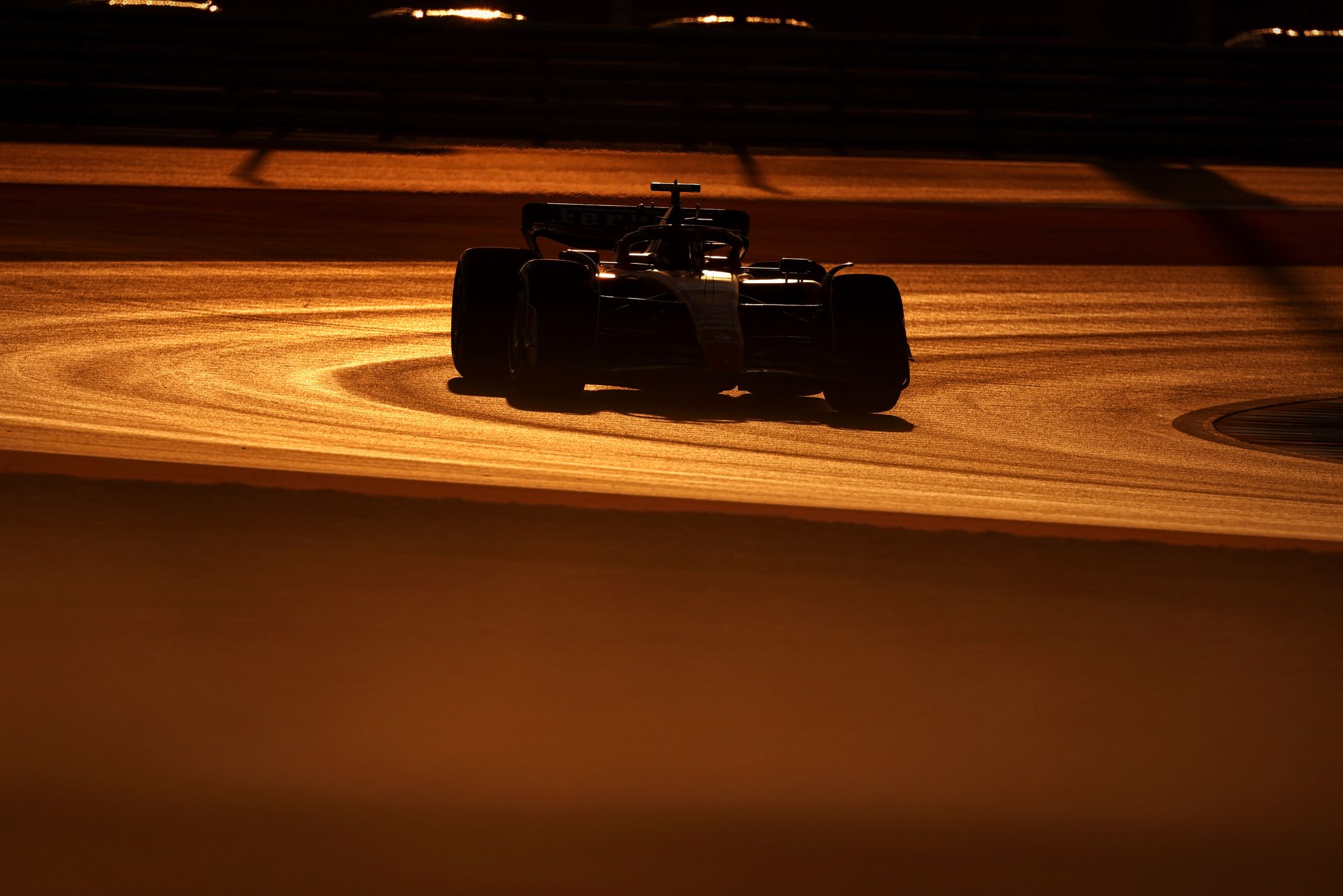
The damage to the tyres is the result of the large amount of high-speed exit kerb running the cars are subjected to. This is why the white line was moved inwards 80cm at the high-speed Turn 12 and 13, which prevents the cars from running on the most aggressive part of the kerbs that feature a 50mm drop.
“We saw an indication that there was in the construction of the tyre on the sidewall a small separation between the carcass cord and the topping compound,” Isola said.
“This is due to a repeated impact against something, and it is an impact against the kerbs.
“The geometry of the kerbs we have here is similar to the geometry of the second row of kerbs that we had in 2021. And in 2021 we had a similar issue.”
These repeated impacts were creating the risk of a failure. But what Pirelli is unsure of is how rapidly this will progress and it is hoped that the 19-lap sprint race will offer clear information on whether the mandatory three-stopper is necessary.
WOULD A HARDER COMPOUND HELP?
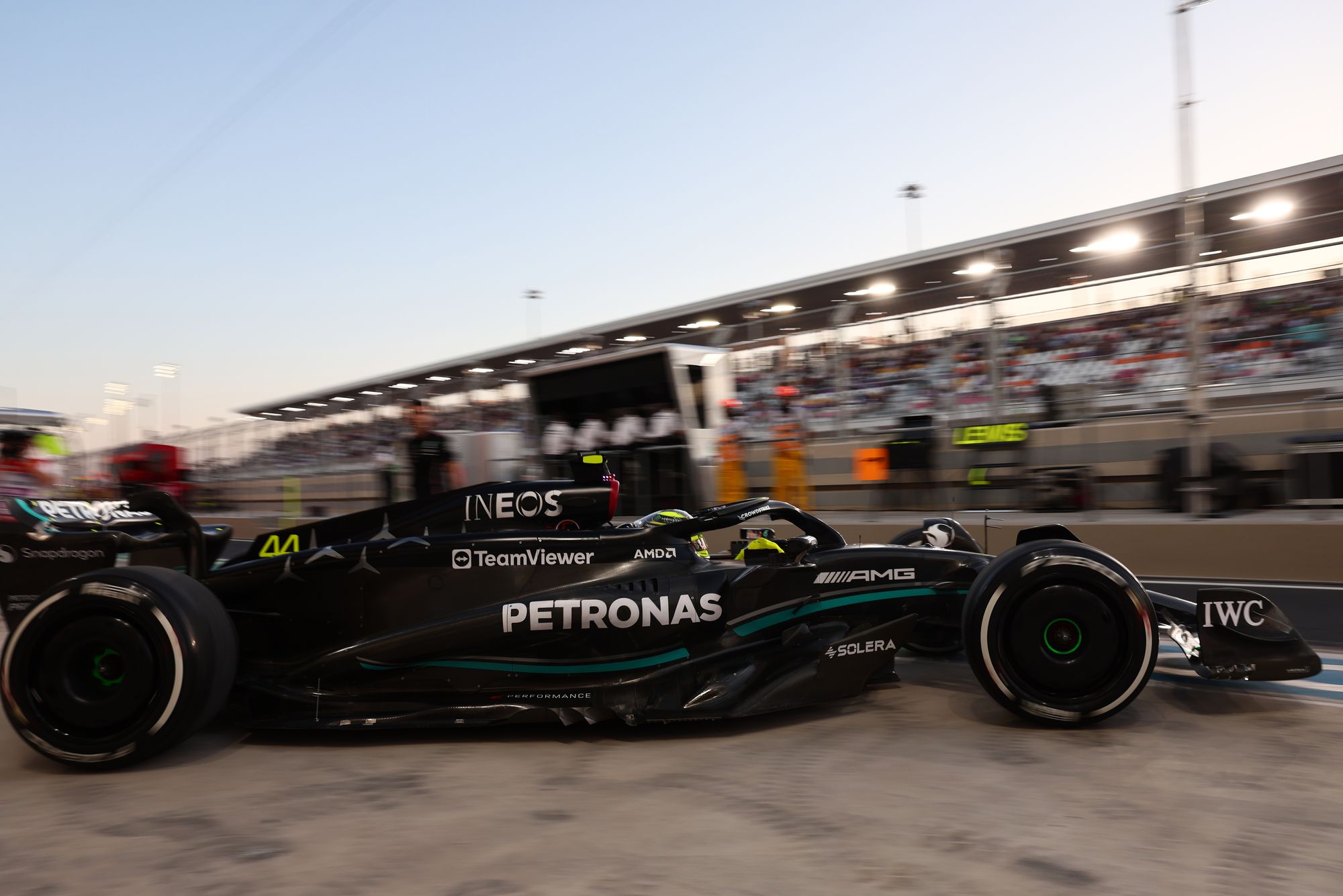
The compound of the tyres is irrelevant to this problem, as are the cars themselves with similar damage found across the field.
The damage is being done to the construction of the tyre. It’s also important to note it’s an impact problem caused by a high duration of impacts on the kerbs that Isola likens to “if you take a hammer with a pyramid [shape] at the top and you hit against the sidewall 100 times per second for a long period”.
The tyres are designed to deal with these kinds of impact, but the beating the tyres are taking from the kerbs thanks to the high-speed exits is causing the problem.
It’s also important to note the problem is different to the usual fatigue effect that tyres can suffer from.
DOES THE DAMAGE IMPACT ALL FOUR CORNERS?
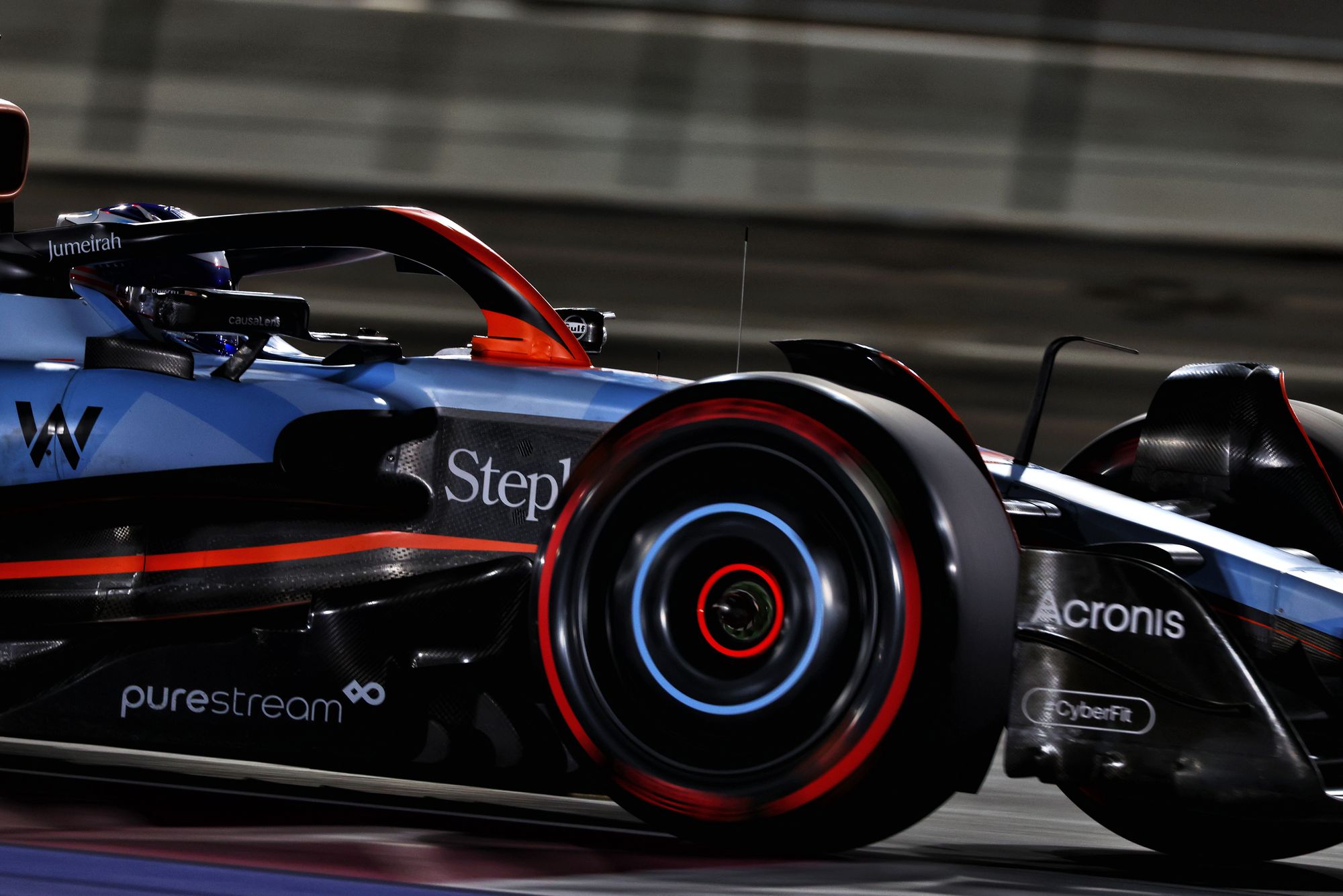
Pirelli has detected this damage in all four tyres, with the front-left the worst affected and the right-rear the least affected.
Generally, it’s the outside shoulder of the tyres that is suffering most, although there are also signs that the inside shoulder is too because of instances where a car goes too wide and then is dragged back across the kerb.
HAS THE CHANGE OF REGS IN 2022 MADE THE PROBLEM WORSE?
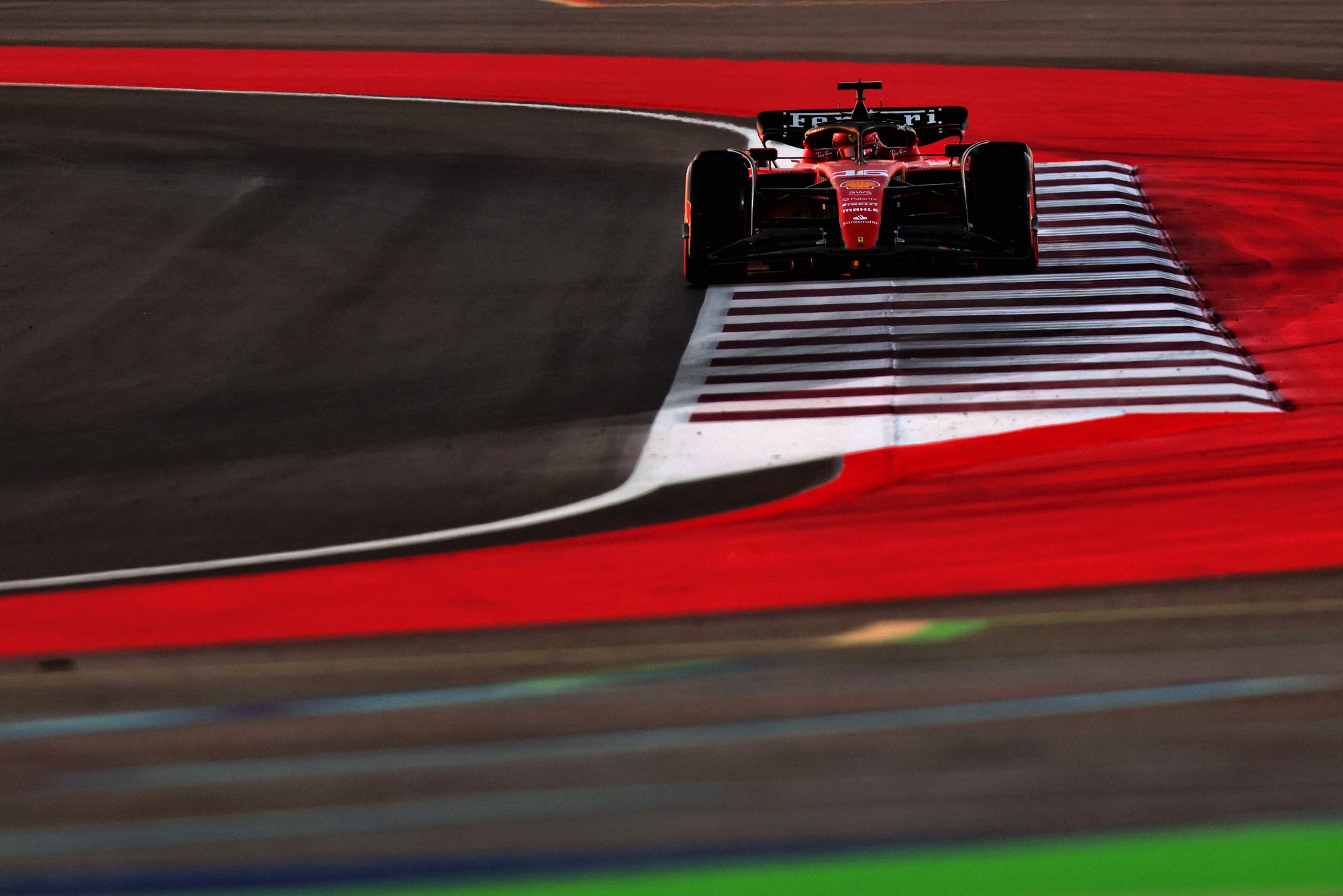
Given F1 last raced here under the old regulations in 2021, it’s fair to ask if the switch to ground effect rules and low-profile tyres on 18-inch wheelrims has led to the problem. But Pirelli believes that this is not a significant factor despite the reduced sidewall size.
“A smaller sidewall is not helping this effect because you have less opportunity to absorb the hit,” said Isola. “But in general, when we made some specific tests on the 18-inch tyres, we realised that the level of resistance of the construction was in line with the 13-inch tyres. So we’re not saying the 18-inch tyre is weaker compared to the previous.
“The point is that in 2021 this was the second row [of kerbs] so when they were going out the first row [of kerbs] was 25mm and the second row was 50mm [in 2021]. Now we have only one row that is 50mm, so they jump over the kerb, they go down and that’s probably why we found out this issue in free practice.”
WHY WOULD THREE STOPS BE MANDATED, NOT TWO?
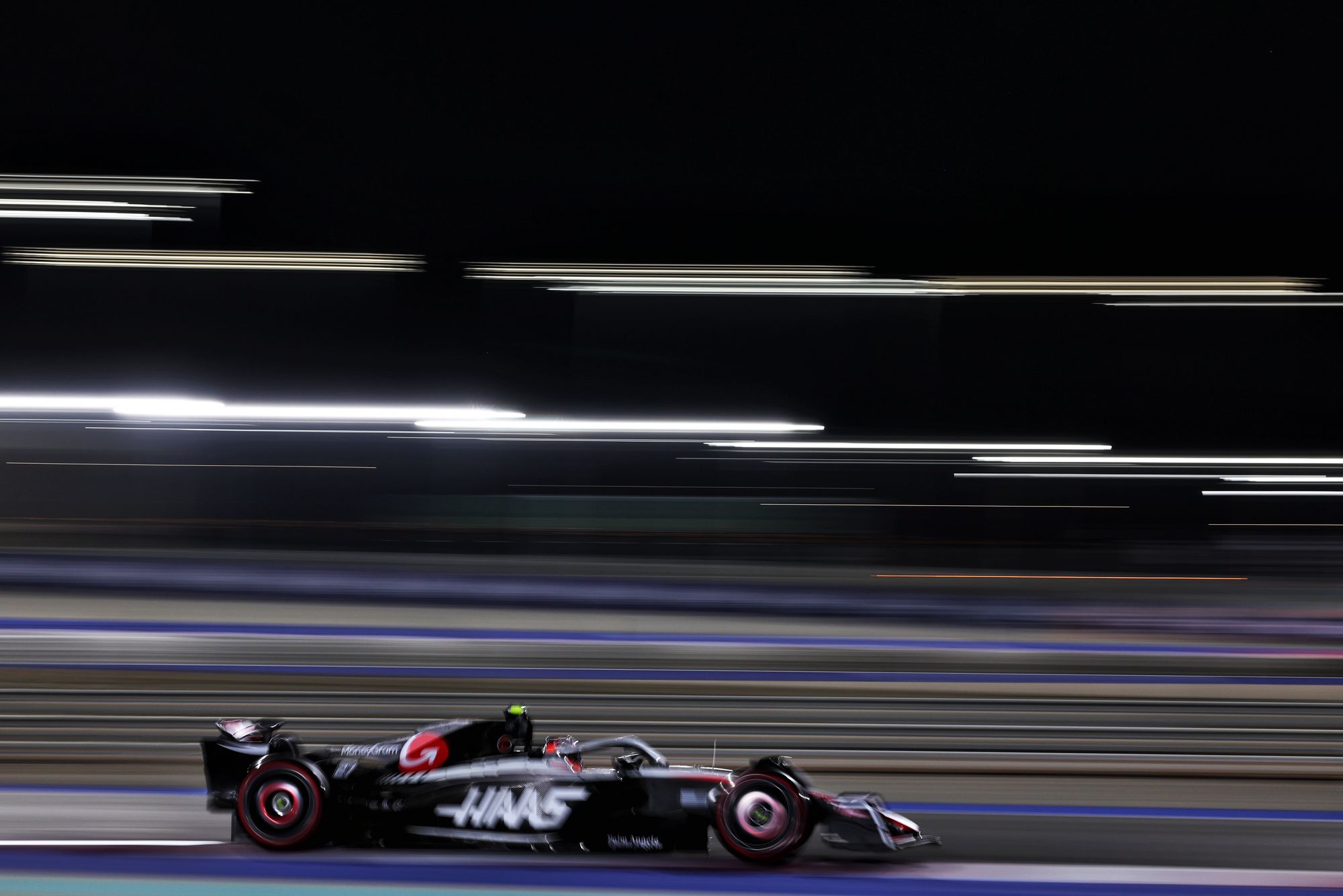
Given Pirelli is happy with the tyre life for the 19-lap sprint race, it would therefore only require two stops to complete the 57-lap grand prix successfully.
However, an evenly spread two-stop strategy would lead to three stints of approximately 19 laps, meaning a crowded pitlane.
“If you impose two [stops], the risk is to have all the cars coming in on the same lap. That causes confusion. So if you impose three stops, you have flexibility on this.”
WILL TEAMS BE GIVEN ANY EXTRA TYRE SETS?
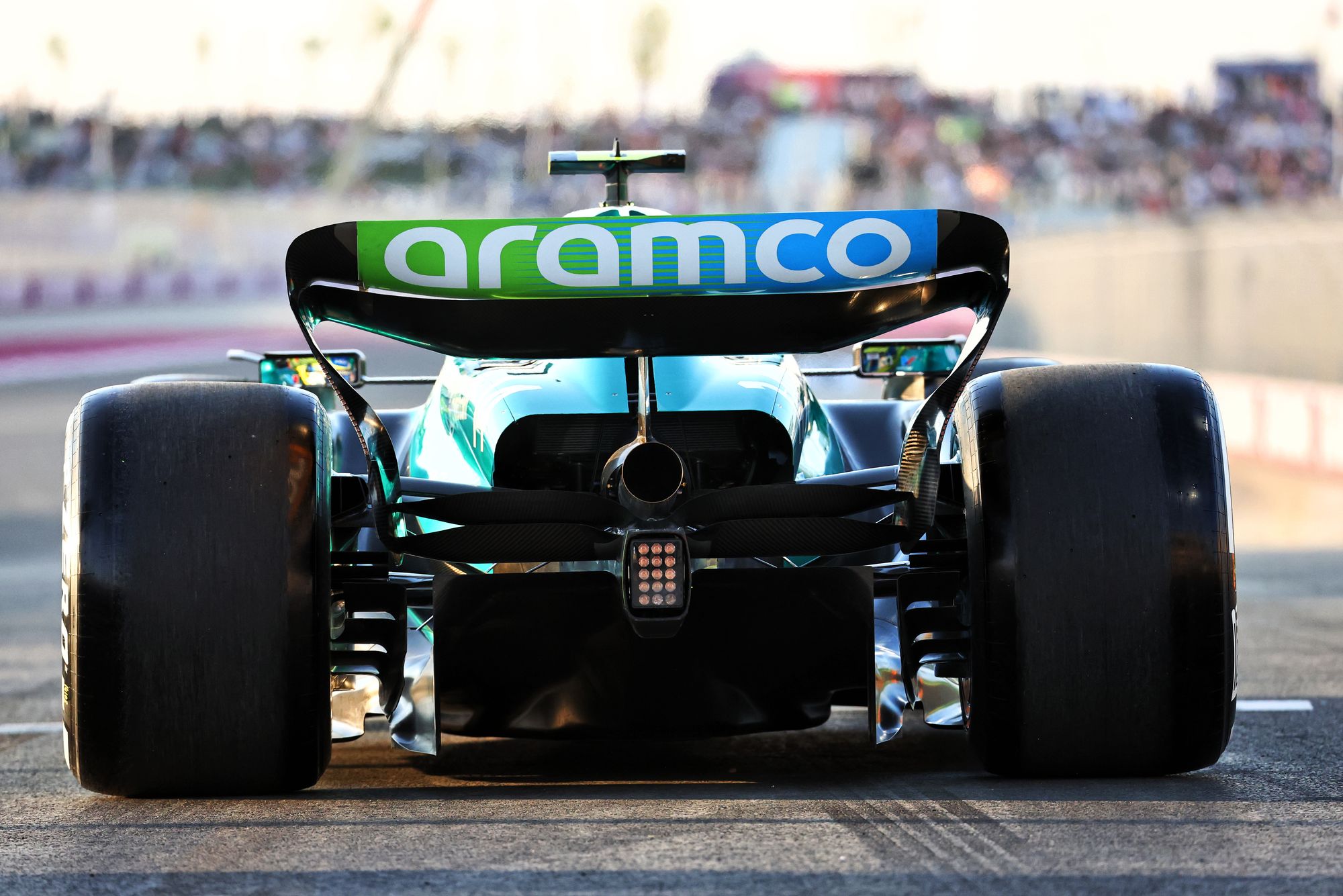
Although each driver might now be forced to use four sets of tyres in the race should the three-stop requirement be gone through with, no extra sets will be made available beyond the usual sprint weekend allocation 12.
This is because Pirelli does not have sufficient additional tyres available to furnish all 20 drivers with an additional set of the same compound given its spares are a mix of softs, mediums and hards.
WHY WASN’T THIS PROBLEM ANTICIPATED?
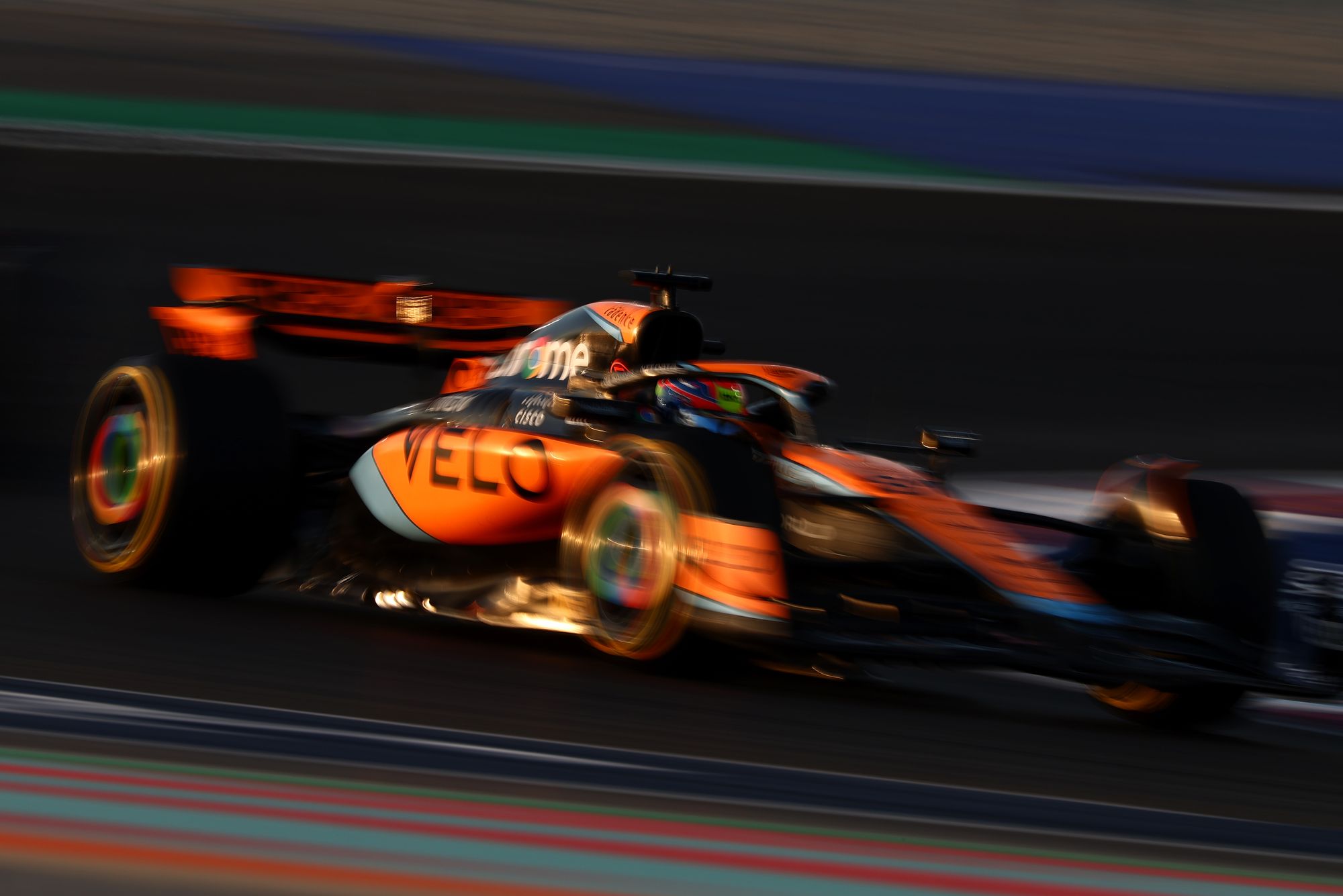
Pirelli filed a report to the FIA and teams after 2021, which addressed the puncture problems that had blighted the weekend. However, the new kerbs were only fitted around one month ago, leaving limited time for an inspection.
As the kerbs were of a design that are used elsewhere, there were no concerns before running that this would be a problem. What’s more, as the internal damage is something Pirelli has never seen before there’s no reason to have anticipated.
As well as the kerbs being changed since 2021, the track has been resurfaced and the cars have become heavier, which has changed the conditions dramatically.
As well as Pirelli not suspecting there would be a problem, neither the FIA nor the teams predicted it either.
WHY HAS THE TRACK ONLY BEEN CHANGED AT TURN 12/13
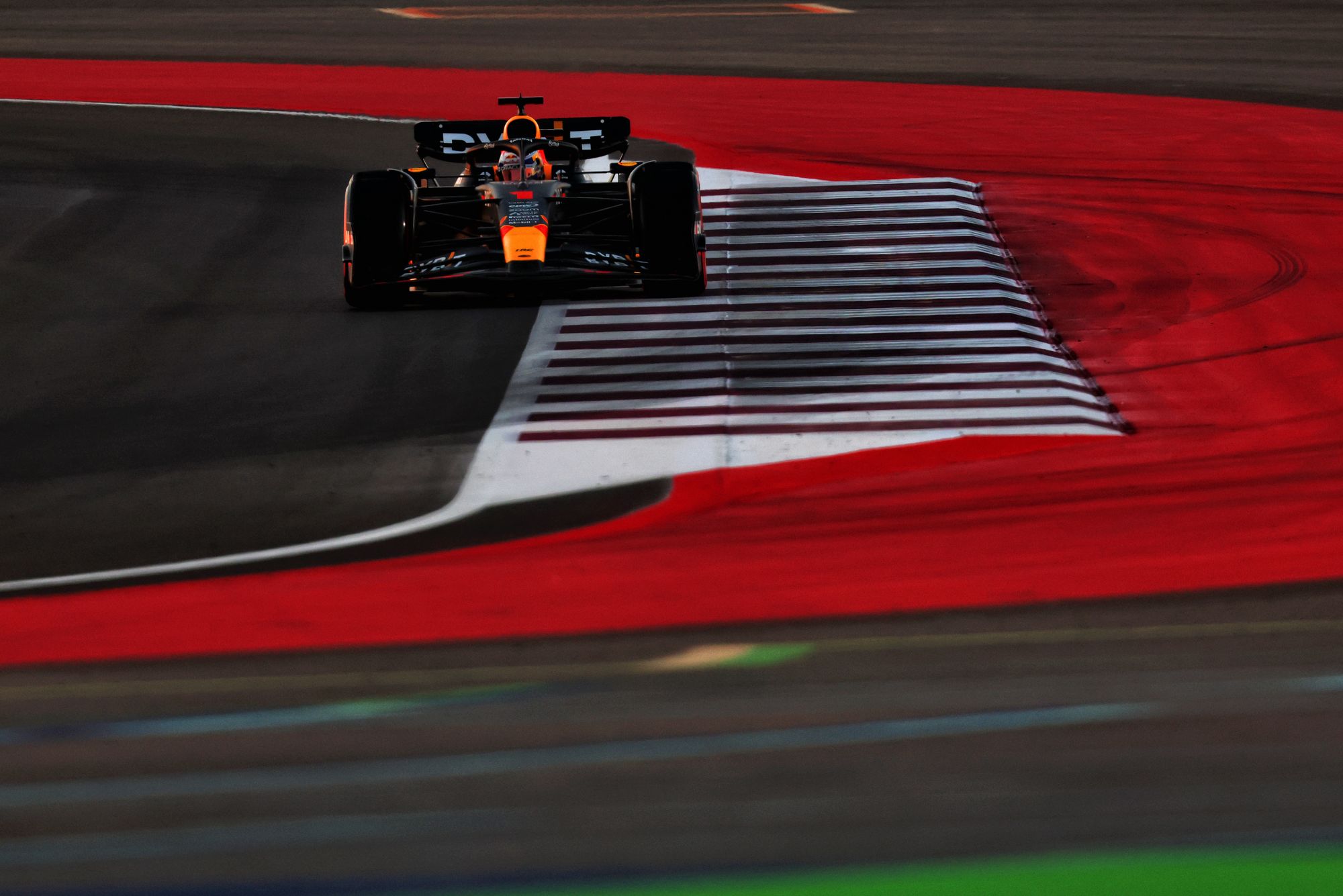
Turn 12 and 13 are the fastest part of the circuit and therefore where the tyres are subjected to the most intense beating on the kerbs. As it's the high-frequency impact that's causing the problem, limiting the duration and intensity here is the best way to reduce the damage to the tyres.
However, the FIA is also monitoring the fast exit of Turn 14 in case that needs to be modified. It's felt that other exit kerbs, for example Turns 4 and 5, are less of a concern as the cars are not travelling at so high a speed.
CAN A REPEAT BE PREVENTED?
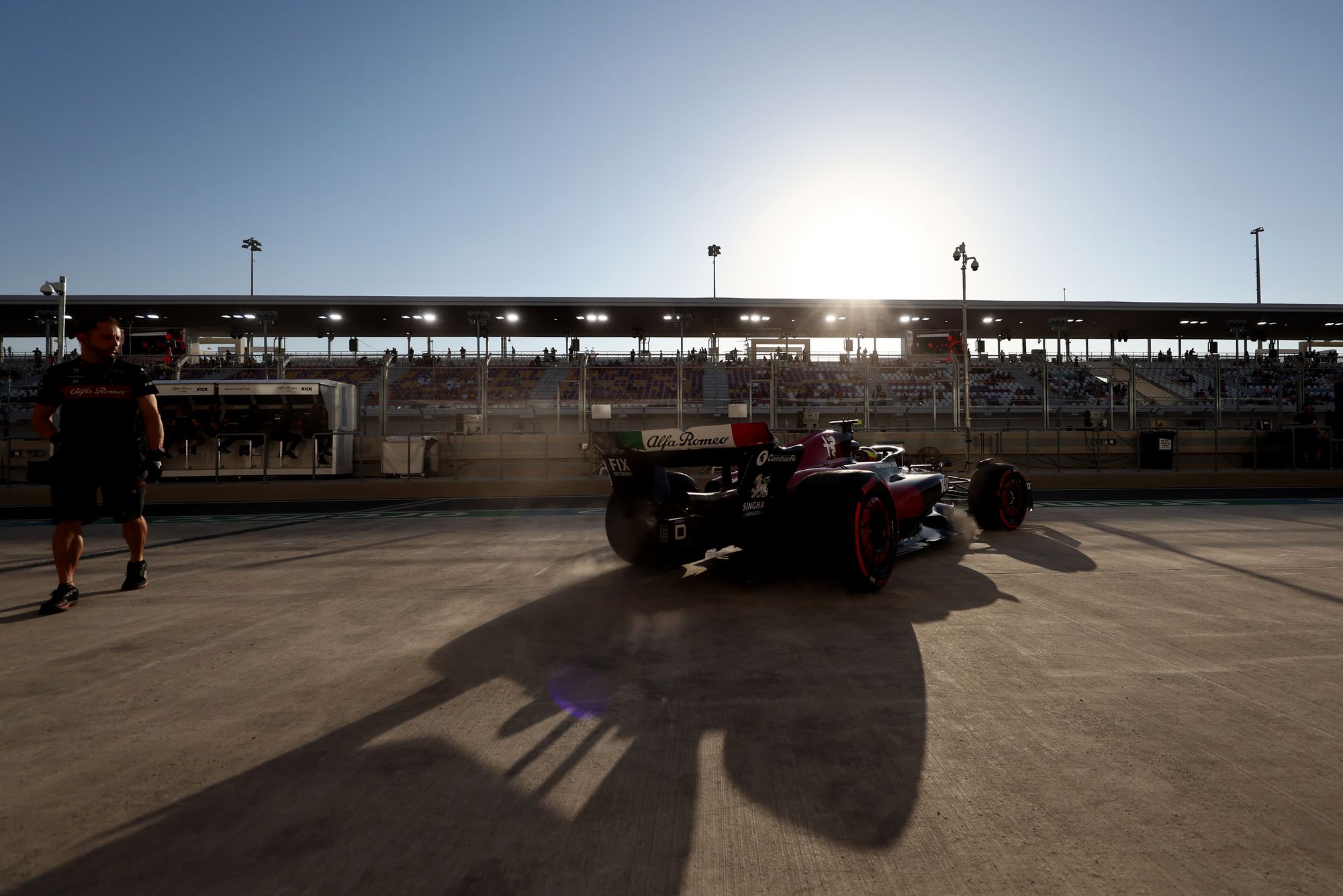
The Race asked Isola whether there would have been any way to anticipate this that didn’t involve running the current cars on the track. He suggested that in future there could be ways to check this should concerns arise about changes causing problems.
“What we can do to support the analysis of the impact on the kerb is finite element analysis on the simulator,” said Isola. “That’s The information of the construction when you hit a certain obstacle with different shapes, with different geometries.
“This is obviously something we can do and are happy to do if it is necessary to prevent this kind of issue when we are during the race weekend.”
As it stands, it’s unclear whether the mandatory three-stopper will be needed. However, it is a sensible and logical contingency and the fact this was conceived and teams alerted ahead of Saturday’s running is a positive.
There is every chance that the internal damage might not be severe enough to necessitate this. However, where safety is concerned F1 will always tend towards caution and given the sprint race is only 19 laps, there’s every chance this won’t be a definitive enough test to be 100% confident the safety concerns have been eliminated.


